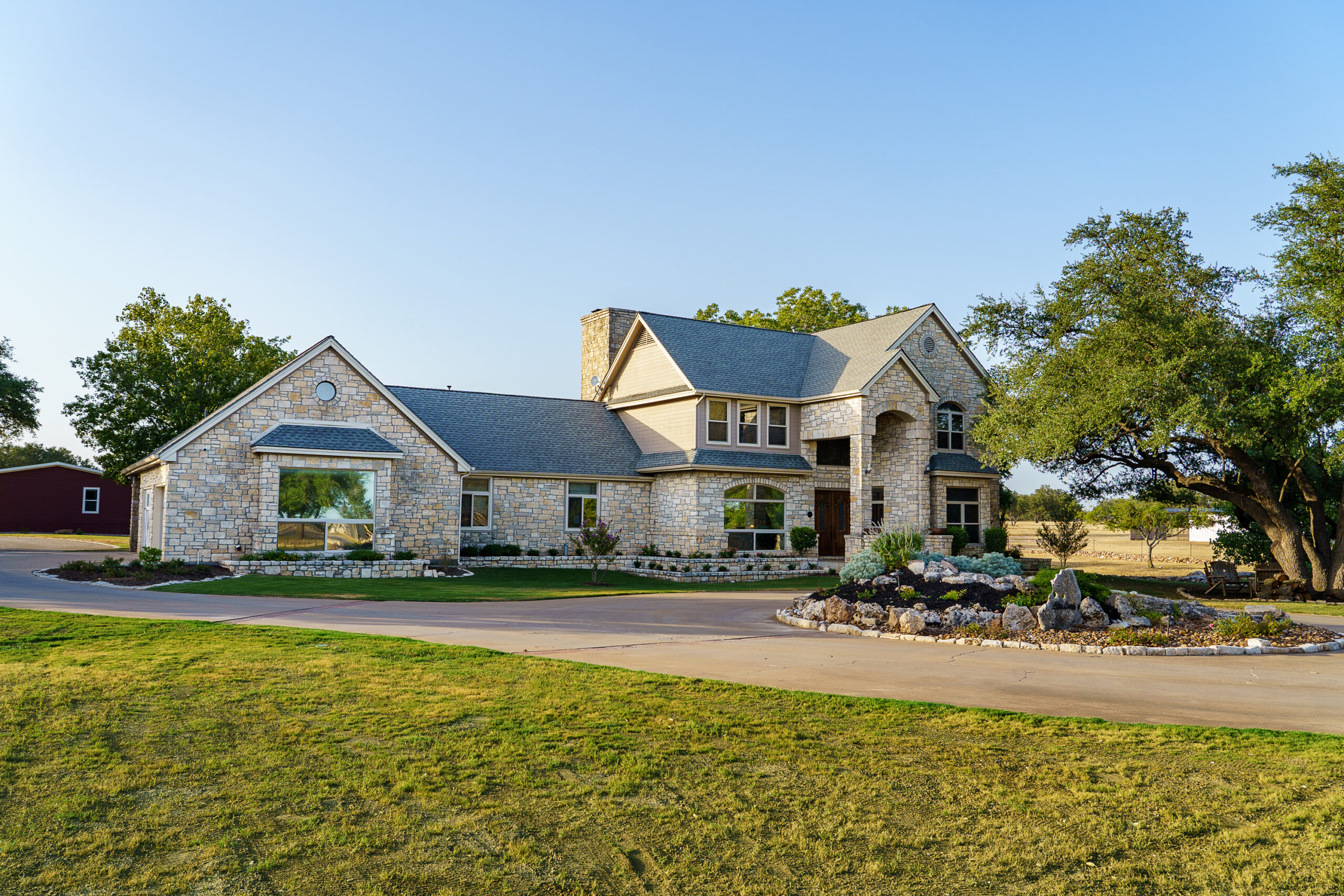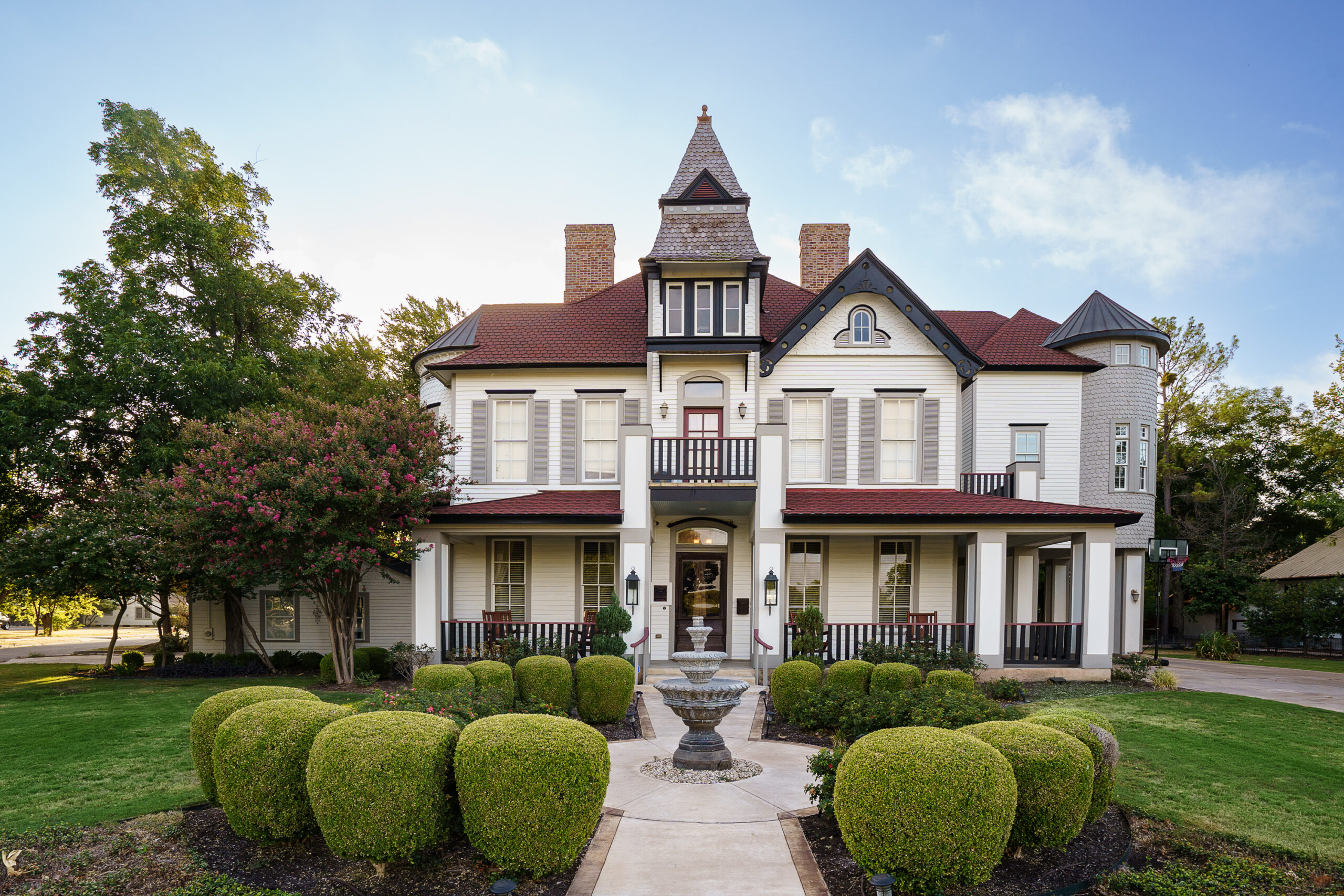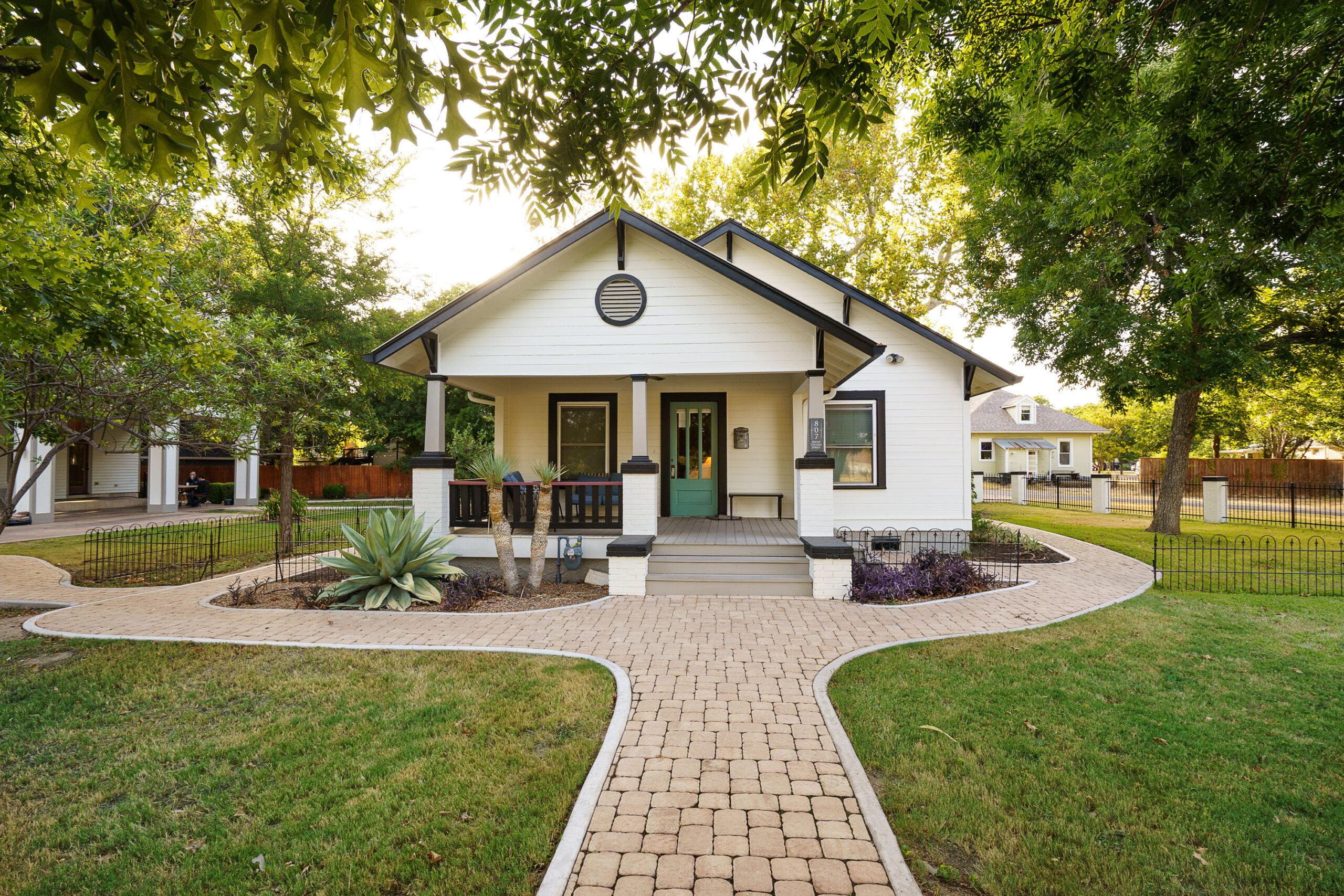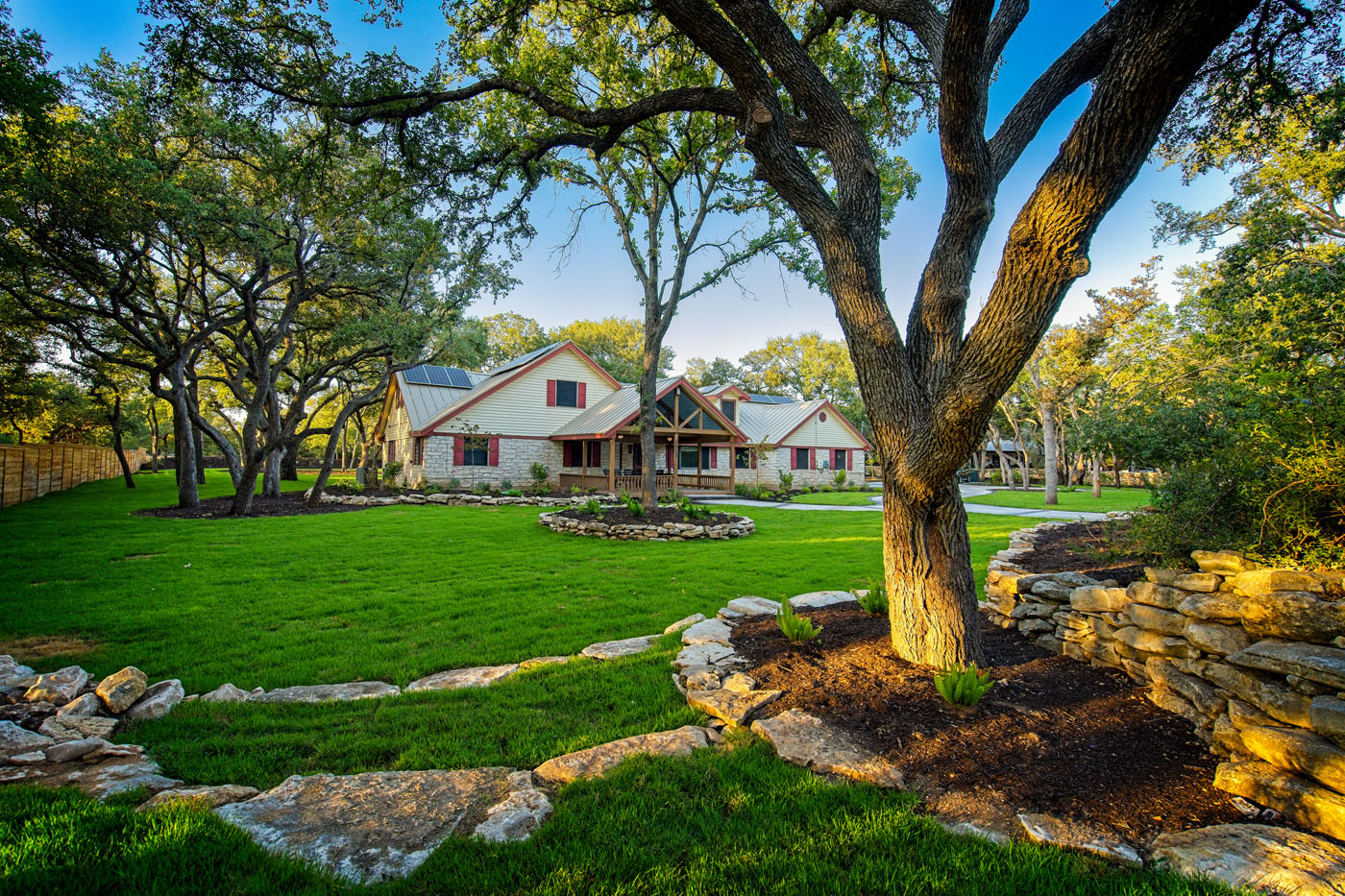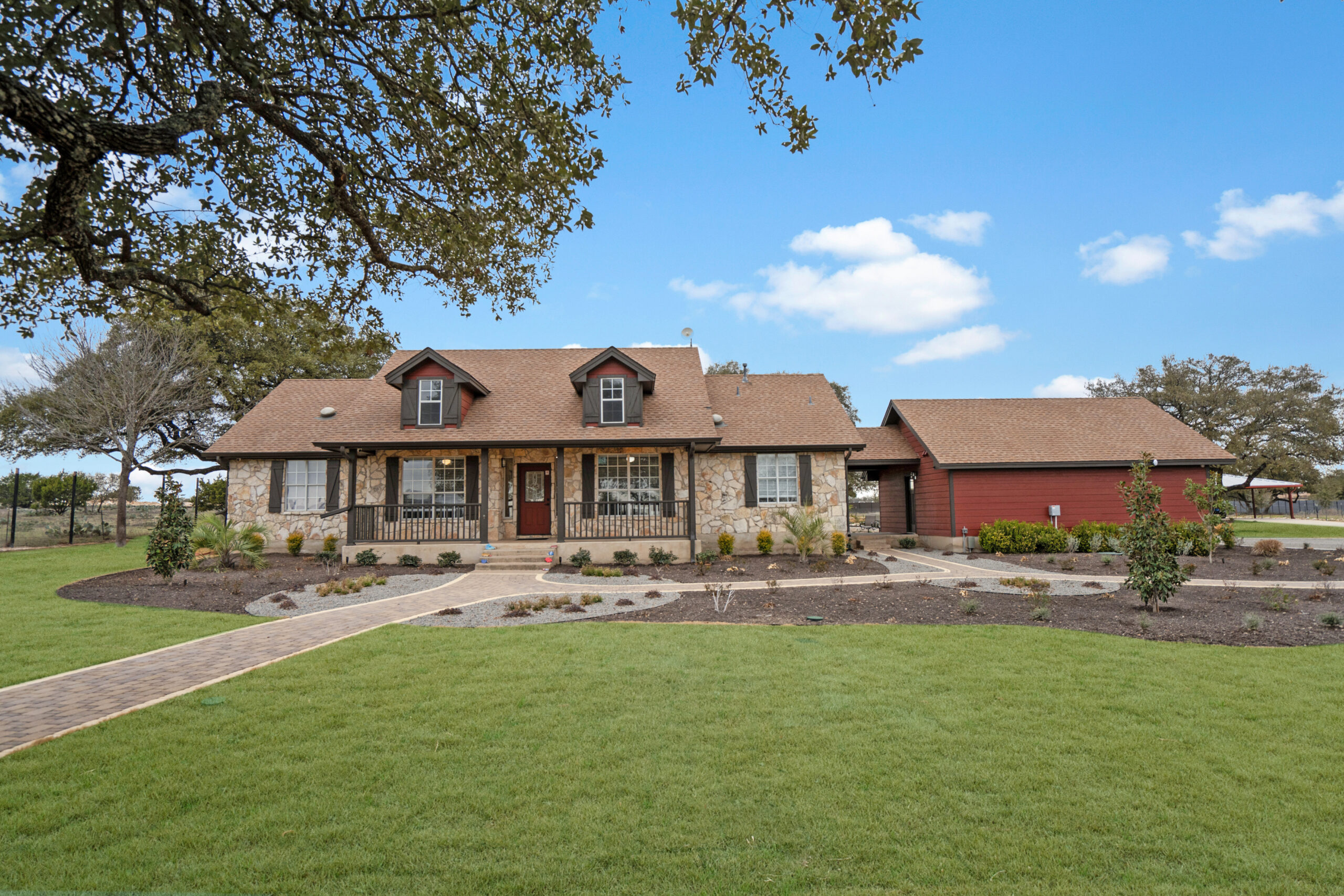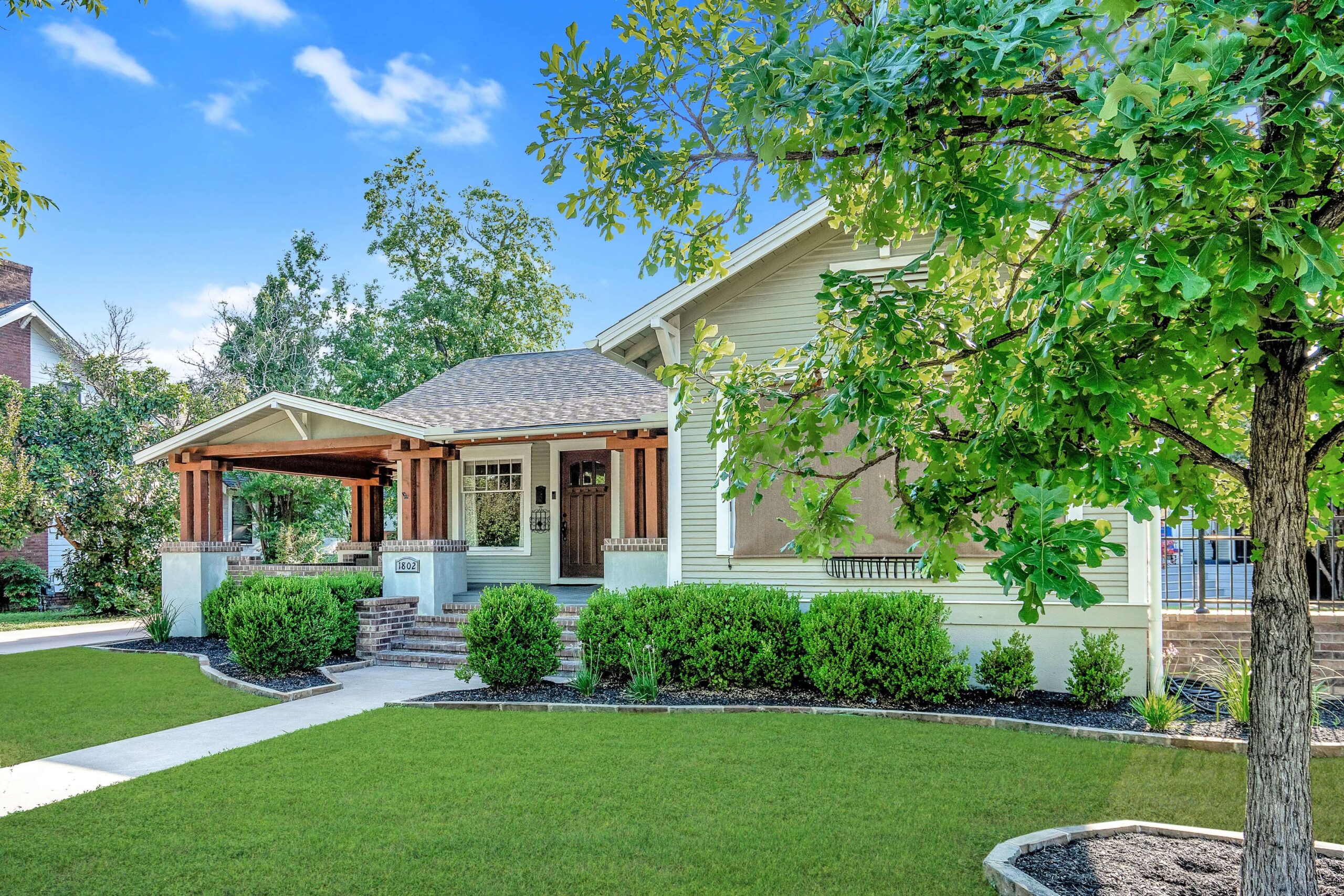Navigating the Complexities of Woman’s Residential Treatment Bipolar
Living with bipolar disorder is a formidable challenge, especially for women who often face unique hurdles. Hormonal fluctuations can amplify symptoms, making it crucial for treatment centers to tailor their approaches specifically for women. Studies have shown that women are more likely to experience rapid cycling and mixed states, which can complicate treatment. Understanding these unique challenges is vital for effective care.
Residential treatment centers specializing in bipolar disorder provide a sanctuary where women can receive round-the-clock support. Such facilities are designed to address the complexities of the disorder while considering gender-specific needs. They offer a structured environment that enables women to build a routine and form a supportive community with peers who share similar experiences.
Diverse Approaches to Woman Residential Treatment Bipolar
The treatment of bipolar disorder in women often involves a multi-faceted strategy. Medication management remains a cornerstone, as it helps stabilize mood swings and reduce the risk of severe episodes. Alongside medication, therapy plays a crucial role. Cognitive Behavioral Therapy (CBT) is frequently employed to help women challenge and change unhelpful thought patterns.
Dialectical Behavior Therapy (DBT) is another effective modality. It emphasizes emotional regulation, mindfulness, and distress tolerance–skills that can be invaluable for women with bipolar disorder. Clinical experience indicates that integrating therapies such as art or music therapy can provide women with alternative ways to express and process emotions, complementing more traditional methods.
Creating Supportive Environments for Success
At Alta Loma, where I have worked for over 20 years, we prioritize creating environments that promote healing and growth. We ensure that our facilities are not just places of treatment but spaces that inspire hope. Outdoor areas, tranquil gardens, and recreational facilities allow residents to relax and rejuvenate, essential components of mental health recovery.
Providing a supportive environment extends beyond just physical spaces. Our staff–comprising experienced therapists, psychiatrists, and nurses–works tirelessly to cultivate a culture of empathy and understanding. We encourage residents to share their stories and support one another, forming bonds that often extend beyond their stay. Such interpersonal connections can be as impactful as any therapeutic intervention.
What Are the Steps in the Admission Process for Woman Residential Treatment Bipolar?
Starting treatment can be daunting, but understanding the admission process can ease anxieties. Here’s how it typically unfolds:
- Initial Contact: Reach out to the treatment center and speak with an admissions specialist.
- Assessment: Undergo a thorough evaluation to determine the best treatment approach.
- Financial Planning: Discuss insurance coverage and payment plans to ensure affordability.
- Intake Appointment: Schedule a time to arrive at the facility and fill out necessary paperwork.
- Orientation: Become familiar with the center’s amenities, staff, and daily schedule.
- Begin Treatment: Start participating in the individualized treatment program designed for your needs.
Understanding these steps ensures a smoother transition into care and allows women to focus on their recovery journey.
What Are Common Questions About Woman Residential Treatment Bipolar?
Why opt for residential treatment? Residential treatment offers a controlled environment free from outside distractions, allowing women to focus solely on recovery. It provides continuous support and access to resources that outpatient settings may not offer.
How long is the typical stay? The duration of stay varies based on individual needs. While some women may benefit from a short-term program of a few weeks, others might require extended stays lasting several months.
Are family members involved? Yes, many centers involve families in the treatment process. Family therapy sessions can help repair strained relationships and educate loved ones on how to support their family member’s recovery.
- Structured routine enhances stability
- Individualized therapy plans target specific needs
- 24/7 professional support available
Exploring Innovative Ideas in Woman Residential Treatment Bipolar
Innovation is key to advancing mental health care. One forward-thinking approach gaining traction is the use of technology in treatment. Virtual reality is being explored as a tool for simulating real-world scenarios, helping women practice coping skills in a safe setting. This technology can be particularly beneficial for those struggling with social anxiety, which often accompanies bipolar disorder.
Peer-led support groups are another innovative concept. These groups empower women by letting them take active roles in their recovery, fostering leadership and self-efficacy. Such initiatives encourage autonomy and can lead to improved treatment outcomes.
Finally, integrating nutrition and physical wellness programs can profoundly impact treatment success. Nutrient-rich diets and regular physical activity are linked to improved mood stability, providing a holistic approach that addresses every facet of an individual’s well-being.
